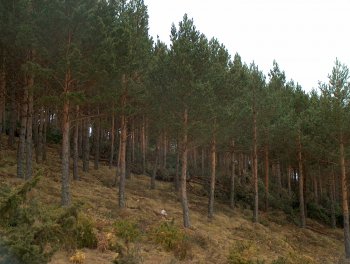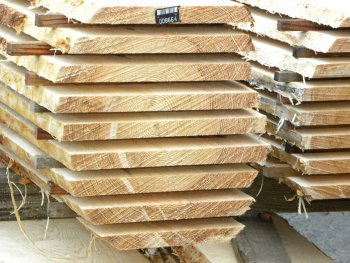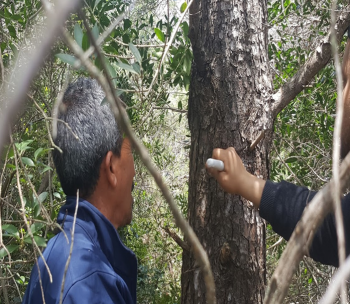Thinning of dense forest stands can increase the Lactarius group deliciosus yields
Submitted by Bonet on 9 April 2020In 2008, we installed 14 mushroom inventory plots of 100 m2 size in Pinus pinaster forests. The plots were selected to include a range of geographical features (altitude, slope, aspect) as well as variation in tree density and basal area in the conservation area of Poblet. A second set of plots were installed in 2009 paired to the first set of plots. The second set of plots was thinned removing 26 to 77% of the basal area. Mushroom yields were monitored on a weekly basis in the Autumn Season of the years 2008 to 2010 to analyze the effects of forest thinning on the yields of ...



